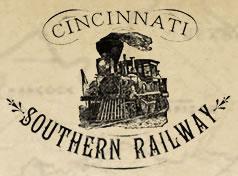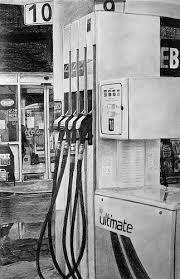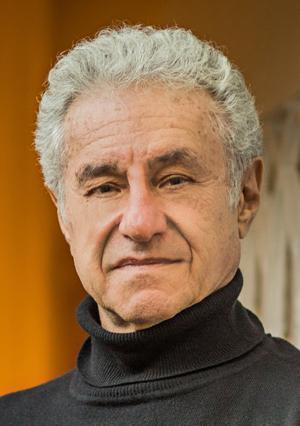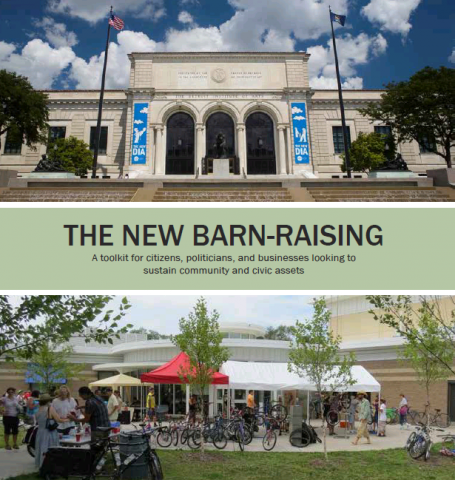Catalyzed in 1905 by city officials hoping to reduce the electricity costs for street lighting and residences, Burlington Electric Department is now Vermont’s largest municipally-owned electric utility serving more than 19,600 customers. In 2004, the publicly-owned utility decided to move towards renewable energy, and in 2014 it reached that goal, becoming the first utility of any considerable size in the country to rely on 100 percent renewable energy for its residents' electricity needs, a transition it expects will save the City $20 million over the next two decades.







